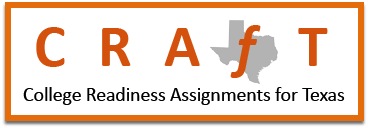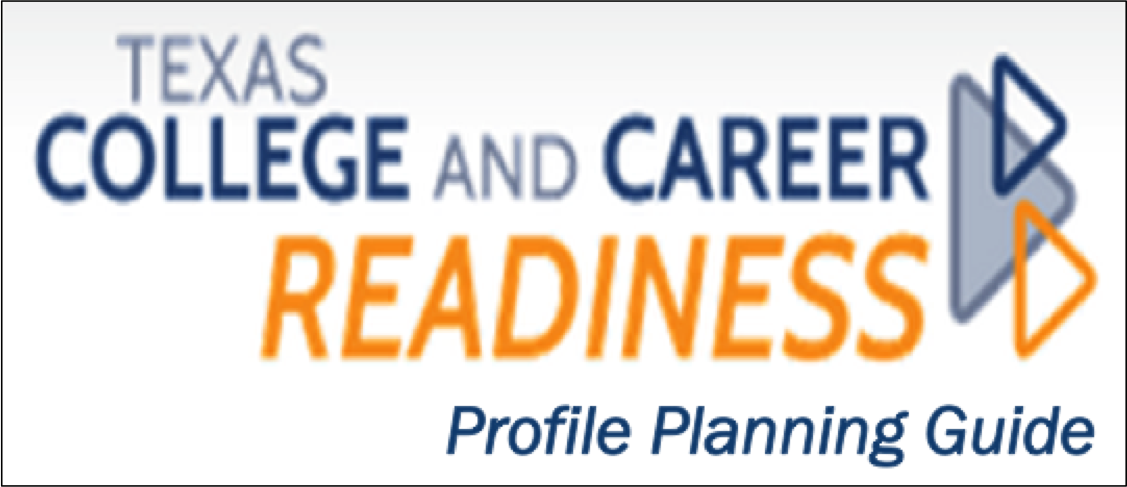VII. Functions IX. Communication and Representation
A. Mathematical problem solving
1. Analyze given information.
a. Extract needed facts and relationships from given information.
b. Identify what is known, not known, and what one wants to know in a problem.
c. Distinguish relevant from irrelevant information in a given situation.
d. Determine the problem(s) to be solved.e. Identify additional information needed to reach a solution.
f. Test ideas with specific cases.
2. Formulate a plan or strategy.
a. Select or develop an appropriate problem-solving strategy (e.g., drawing a picture, looking for a pattern, systematic guessing and checking, acting it out, making a table, working a simpler problem, working backwards).
b. Identify needed algorithms or formulas.
c. Determine the nature of a possible solution and the degree of precision required.
3. Determine a solution.
a. Make and test conjectures.
b. Find an approximate solution with or without technology.
c. Identify and solve sub-problems.
d. Use multiple representations (e.g., analytic, numerical, verbal, and graphical) to support a solution.
4. Justify the solution.
a. Provide a clear explanation of the reasoning used to determine a solution.
b. Evaluate the reasonableness of the solution in the context of the original problem.
c. Verify a general solution in special cases.
d. Review and check strategies and calculations, using an alternative approach when possible.
e. Demonstrate an understanding of the mathematical ideas behind the steps of a solution, not just the solution.
f. Identify what is known, not known, and what one wants to know in a problem.
g. Distinguish relevant from irrelevant information in a given situation.
h. Determine the problem(s) to be solved.
i. Identify additional information needed to reach a solution.
5. Evaluate the problem-solving process.
a. Reflect on the problem-solving process and use mathematical knowledge to evaluate its effectiveness.
b. Recognize that a mathematical problem can be solved in a variety of ways.
c. Consider extensions and generalizations of the problem, process, or solution.
B. Logical reasoning
1. Develop and evaluate convincing arguments.
a. Use examples to formulate conjectures.
b. Use counterexamples to refute conjectures.
c. Determine the validity of a conditional statement, its converse, its inverse, and its contrapositive.
2. Use various types of reasoning.
a. Use inductive reasoning to formulate a conjecture.
b. Use deductive reasoning to prove a statement or validate a conjecture.
c. Use geometric and visual reasoning.
d. Use multiple representations (e.g., analytic, numerical, verbal, graphical) to support an argument.
C. Real world problem solving
1. Formulate a solution to a real world situation based on the solution to a mathematical problem.
a. Make simplifying assumptions about a real world situation to formulate and solve an idealized mathematical problem.
b. Convert given information into an appropriate mathematical model.
c. Interpret results of the mathematical problem in terms of the original real world situation.
2. Use a function to model a real world situation.
a. Choose a function suitable for modeling a real world situation presented using words or data.
b. Determine and interpret the meaning of rates of change, intercepts, zeros, extrema, and trends.
c. Use an appropriate linear or non-linear function (e.g., quadratic, exponential).d. Use a sequence expressed in recursive or closed form.
3. Evaluate the problem-solving process.
a. Evaluate a real world solution for accuracy and effectiveness.
b. Compare and analyze various methods for solving a real world problem.


 Show Printable Version
Show Printable Version



